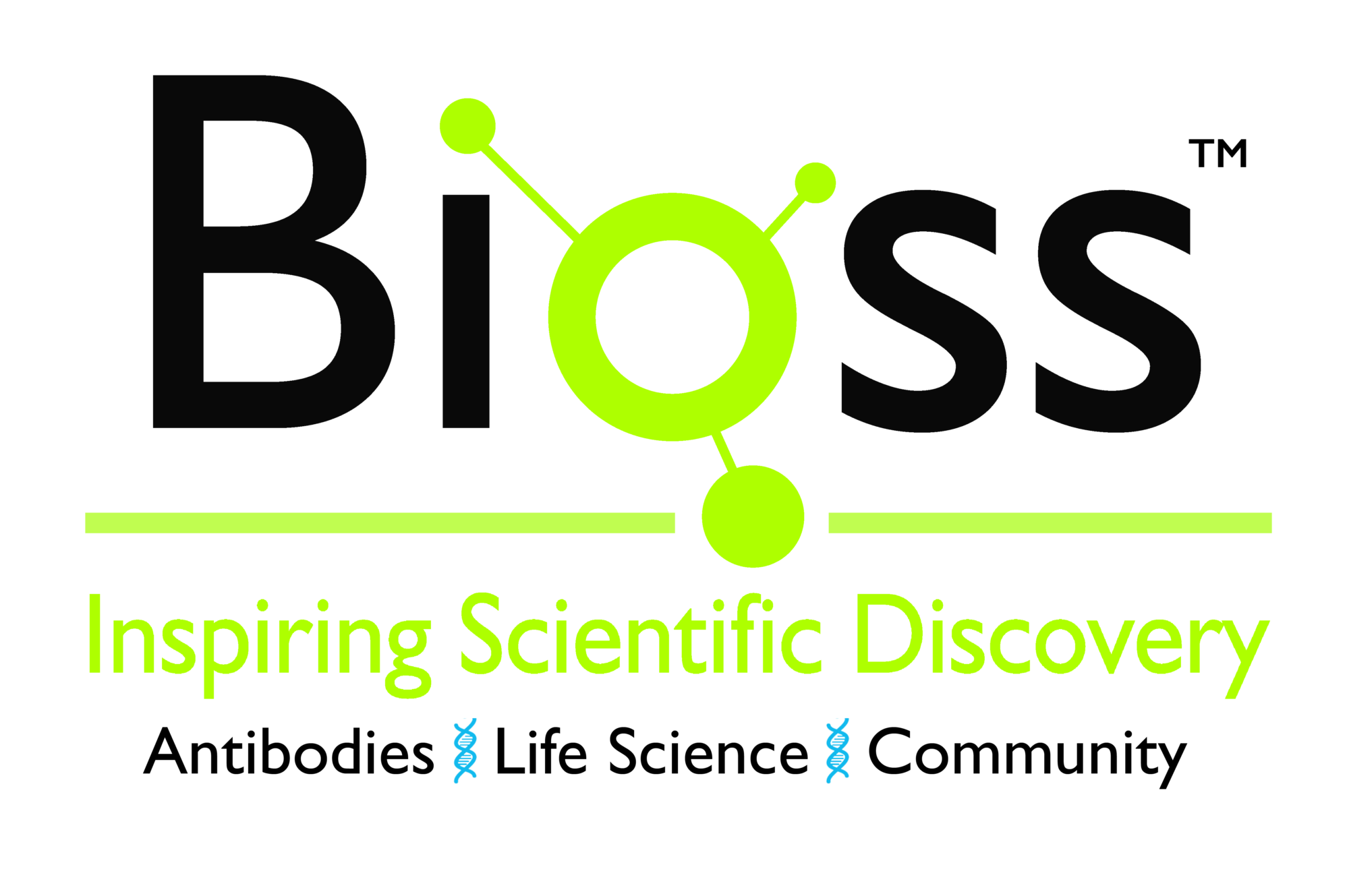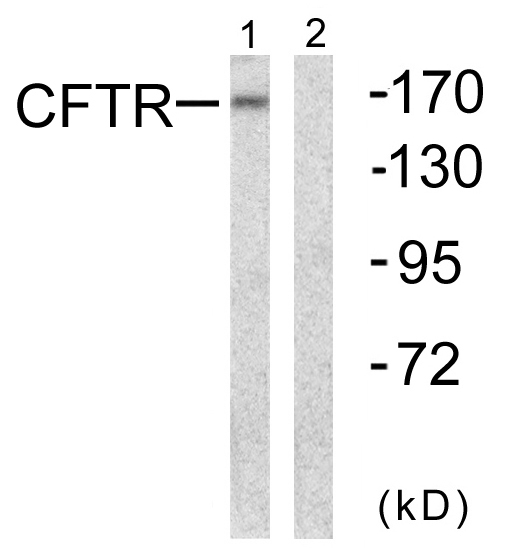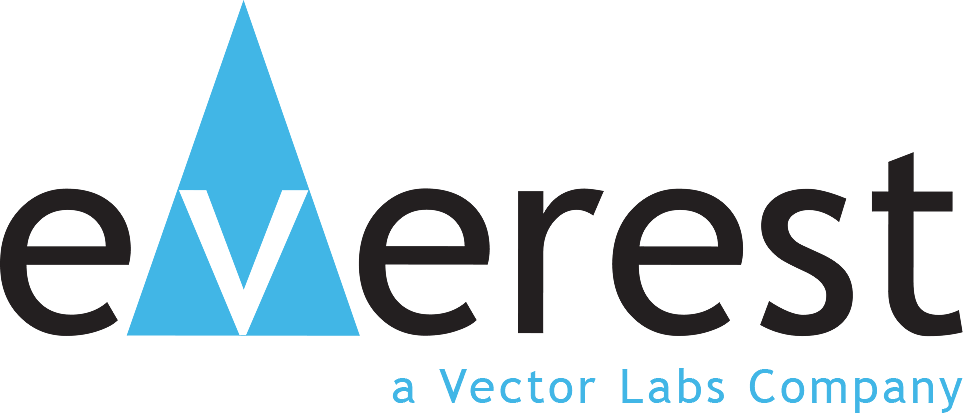CFTR antibody [MM13-4]
GTX23270
ApplicationsImmunoFluorescence, ImmunoCytoChemistry, ImmunoHistoChemistry, ImmunoHistoChemistry Paraffin
Product group Antibodies
ReactivityHuman
TargetCFTR
Overview
- SupplierGeneTex
- Product NameCFTR antibody [MM13-4]
- Delivery Days Customer9
- Application Supplier NoteImmunofluorescence: assay dependent. Immunohistochemistry (formalin fixed paraffin embedded): use at a concentration of 1 - 2microg / ml for 60 min at RT. Optimal dilutions / concentrations should be determined by the end user. Staining of formalin fixed tissues requires boiling tissue sections in 10mM citrate buffer, pH 6.0, for 10 - 20 min followed by cooling at RT for 20 min.
- ApplicationsImmunoFluorescence, ImmunoCytoChemistry, ImmunoHistoChemistry, ImmunoHistoChemistry Paraffin
- CertificationResearch Use Only
- ClonalityMonoclonal
- Clone IDMM13-4
- Concentration0.2 mg/ml
- ConjugateUnconjugated
- Gene ID1080
- Target nameCFTR
- Target descriptionCF transmembrane conductance regulator
- Target synonymsABC35, ABCC7, CF, CFTR/MRP, MRP7, TNR-CFTR, dJ760C5.1, cystic fibrosis transmembrane conductance regulator, cAMP-dependent chloride channel, channel conductance-controlling ATPase, cystic fibrosis transmembrane conductance regulating, cystic fibrosis transmembrane conductance regulator (ATP-binding cassette sub-family C, member 7)
- HostMouse
- IsotypeIgG1
- Protein IDP13569
- Protein NameCystic fibrosis transmembrane conductance regulator
- Scientific DescriptionThis gene encodes a member of the ATP-binding cassette (ABC) transporter superfamily. The encoded protein functions as a chloride channel, making it unique among members of this protein family, and controls ion and water secretion and absorption in epithelial tissues. Channel activation is mediated by cycles of regulatory domain phosphorylation, ATP-binding by the nucleotide-binding domains, and ATP hydrolysis. Mutations in this gene cause cystic fibrosis, the most common lethal genetic disorder in populations of Northern European descent. The most frequently occurring mutation in cystic fibrosis, DeltaF508, results in impaired folding and trafficking of the encoded protein. Multiple pseudogenes have been identified in the human genome. [provided by RefSeq, Aug 2017]
- ReactivityHuman
- Storage Instruction2°C to 8°C
- UNSPSC12352203
References
- He D, Wilborn TW, Falany JL, et al. Repression of CFTR activity in human MMNK-1 cholangiocytes induces sulfotransferase 1E1 expression in co-cultured HepG2 hepatocytes. Biochim Biophys Acta. 2008,1783(12):2391-7. doi: 10.1016/j.bbamcr.2008.08.012Read this paper





![IHC-P analysis of human colon carcinoma tissue using GTX22784 CFTR antibody [CF3]. Left : Primary antibody Right : Negative control without primary antibody Antigen retrieval : heat induced antigen retrieval was performed using 10mM sodium citrate (pH6.0) buffer, microwaved for 8-15 minutes Dilution : 1:200](https://www.genetex.com/upload/website/prouct_img/normal/GTX22784/GTX22784_1104_IHC-P_w_23060620_131.webp)
